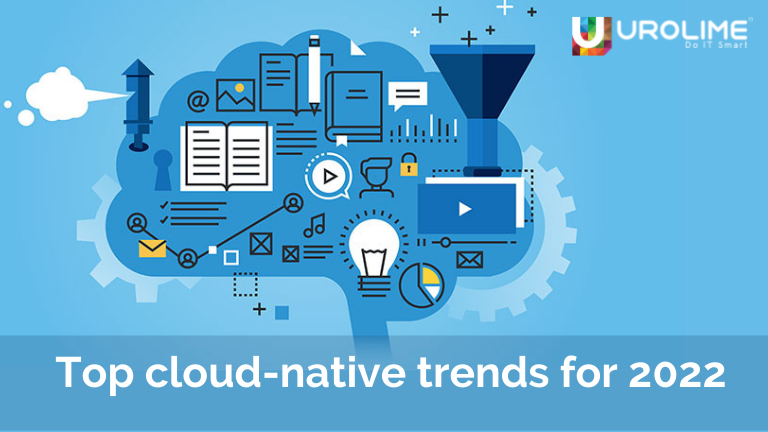Cloud-native applications are popular and emerging like never before after the introduction of cloud computing as well as the global expansion of smartphones and tablets. Cloud computing together with software development is helping many companies to create stunning yet scalable applications in modern and dynamic environments, especially in public, private and hybrid clouds.
The top cloud security services of cloud computing make it the ideal choice for creating scalable applications. Moreover, Kubernetes and container-based technologies make the creation of cloud-native applications easier and feasible. In this blog, we will explore some of the new cloud-native trends to stay ahead of the competition in 2022
The COVID-19 pandemic has forced many companies to shift to remote work or hybrid work culture. Thus, promoting asynchronous communication among teammates. So, it is pretty much clear that cloud-native solutions will stay and expand in the near future.
- WebAssembly is incepted and will be the new norm
WebAssembly or Wasm is a binary instruction introduced in cloud-native so as to leverage innovations, speed, cross-platform friendliness and more. In 2022, cloud consulting companies will be using WASM components using Kubernetes. WASM code is efficient, safe, debuggable and part of the open web platform. W3c community group designed and developed all standards for WebAssembly. Many companies like SecondState are devising new tools and platforms for WASM adoption.
- Novel Kubernetes distribution
Kubernetes distributions are widely used in cloud-native applications and many more will be used in cloud-native application development. Most of them are targeting machine learning. IoT, and artificial intelligence. Open-source, as well as commercial Kubernetes distributions, are used in cloud-native applications. Most of these distributions are not directly available to customers but can be accessed through cloud-managed service providers. With these distributions, companies can easily provide hybrid managed services to customers.
- Cloud-native security is an essential requirement
Since many companies are using cloud-native applications, it is important to ensure cloud security as well as software security. Modern software development is advanced using top-notch technologies and cloud-centered software development is protected through new initiatives and projects. eBPF is also a novel technology popular among cyber security experts to protect the software development process. It ensures secure networking along with other service components. Experts expect that eBPF will become the fundamental technology for cloud-native security.Secure software supply chain management can be achieved with the help of new security tools.
- Standard deployment with GitOps
Cloud-native applications cannot operate continuous deployment without GitOps. It uses familiar tools and is loved by developers all over the world. GitOps will be regarded as the ‘only medium’ for managing cloud-native workloads in 2022. Many realize its capability to support multi cluster and multi tenant deployments in Kubernetes. Companies can select any choices such as AgroCD, FluxCd, RancherFleet. So, managing Kubernetes clusters in a hybrid environment will be a piece of the cake.
- Rise of Kubevirt adoption for Kubernetes
Kubevirt is adopted to manage virtual machines with regard to Kubernetes clusters. It is publicly available and lets Kubernetes orchestrate virtual machines just like containers.
Wrap up
Cloud-native software development will be the future trend for a myriad of reasons. It is flexible, scalable when it comes to designing and developing an application. Moreover, to thrive in a competitive driven world, companies need to embrace it. Experts and developers hope these trends will add value to cloud-native application development.







